Biosphere Reserves in Indonesia
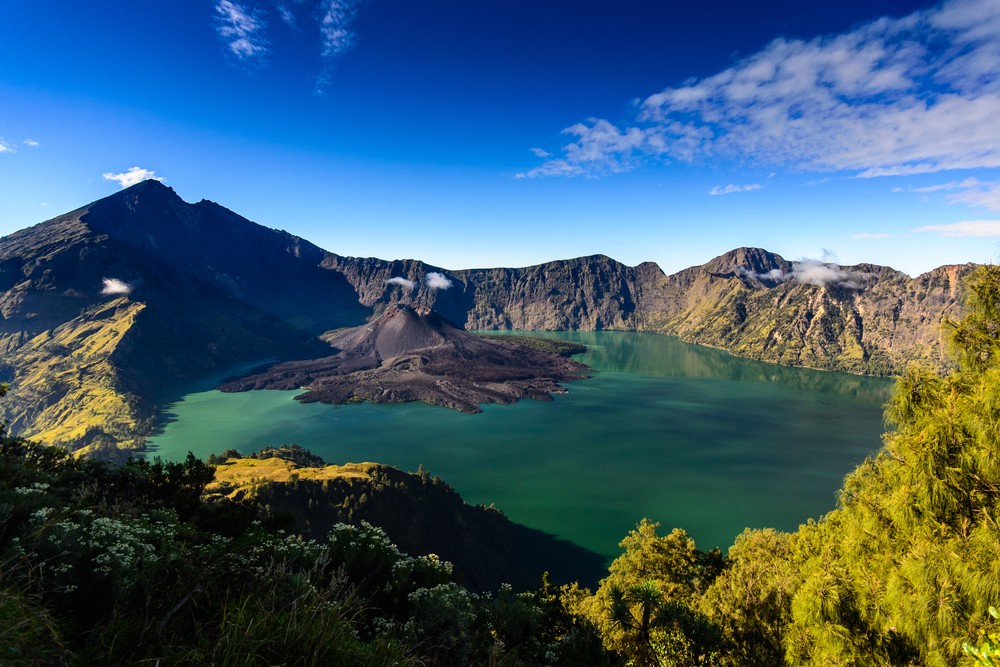
Rinjani volcano in Lombok, West Nusa Tenggara (Photo Credit : Shutterstock)
A biosphere reserve is a term used to refer to specific areas on earth that are internationally recognized for their high biodiversity and ecological value. The concept of biosphere reserves was developed by UNESCO as part of the Man and the Biosphere (MAB) Program in 1971. Biosphere reserves are part of the Man and the Biosphere program, which internationally acknowledges conservation areas that can promote a balanced relationship between humans and nature (UNESCO, 2003).
The specific concept of biosphere reserves was initiated by UNESCO in 1971. This concept involves managing an area aimed at harmonizing the needs of biodiversity conservation, promoting sustainable socio-economic development, and supporting well-being. The conservation area serves as its core area. There are now 714 biosphere reserves worldwide spread across 129 countries.
Indonesia is a country with an abundance of flora and fauna. This richness grows and thrives in a variety of ecosystems. It is no wonder that Indonesia is known as a country with global megabiodiversity. As part of the global community, this country has the responsibility to protect its environment and nature from destruction and over-exploitation.
One of the steps taken to prevent destruction is by including important conservation areas in the biosphere reserve program, also known as biosphere reserves. Indonesia has 19 biosphere reserves covering an area of 29.9 million hectares, which are part of the World Network of Biosphere Reserves (WNBR). From the total area of biosphere reserves in Indonesia, the conservation area designated as the core area of biosphere reserves is 5.26 million hectares, or more than 20% of the total area of biosphere reserves.
Indonesia has some of the largest biosphere reserves in the world. Given their size, Indonesia's role is very important for maintaining the sustainability of global biodiversity and sustainable development.
According to Law No. 5 of 1990, a biosphere reserve is an area consisting of original ecosystems, unique ecosystems, and/or degraded ecosystems, all of which are protected and preserved for research and educational purposes.
The existence of biosphere reserves aims to achieve a balance between conserving biodiversity, economic development, and culture. Biosphere reserves are encouraged to support the implementation process of the Convention on Biological Diversity.
Retno Larasati in Soedjito (2012) divides the biosphere reserve areas into:
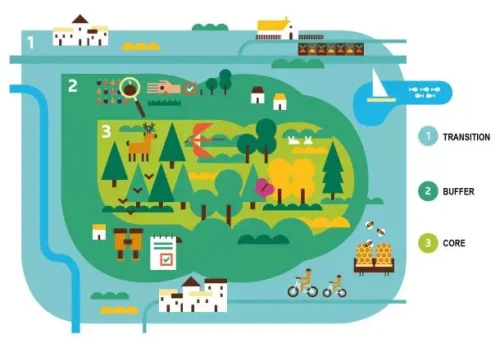
Photo Credit : Delhambre/UNESCO
- Core zone as a protected area with adequate size, having long-term legal protection, to preserve biodiversity along with its ecosystems.
- Buffer zone which functions to protect the core area from the negative impacts of human activities, where only activities that align with conservation goals can be conducted.
- Transition zone which functions to promote sustainable development models.
Here are the names and locations of the Biosphere Reserves in Indonesia:
- Cibodas Biosphere Reserve

Cibodas Biosphere Reserve (Photo Credit : Indonesia Travel and Tourism)
This biosphere reserve has several environmental service potentials, including its ability to absorb carbon. Carbon absorption is important in relation to climate change mitigation efforts. This biosphere reserve is located in West Java Province.
- Tanjung Puting Biosphere Reserve
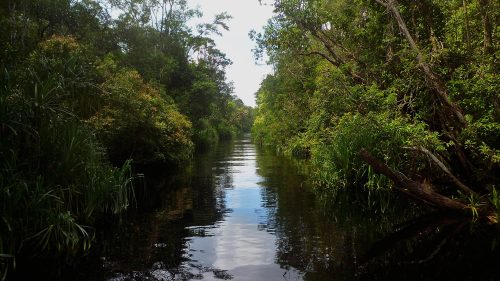
Tanjung Puting National Park,Central Kalimantan, Borneo (Photo Credit : Nanosanchez)
Tanjung Puting is located in Central Kalimantan Province. Based on the Minister of Forestry Decree No. 687/Kpts-II/1996 dated October 25, 1996, Tanjung Puting was designated as a National Park with a total area of 415,040 hectares. In 1977, UNESCO designated it as a biosphere reserve.
- Lore Lindu Biosphere Reserve
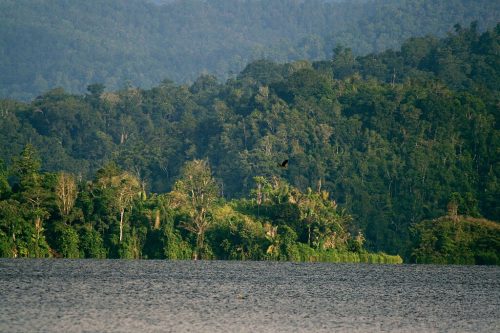
Lore Lindu National Park, Central Sulawesi, Indonesia (Photo Credit : Aidenvironment)
Lore Lindu National Park was designated as a biosphere reserve in 1977. It is located in Central Sulawesi Province, about 60 kilometers from Palu city, between 119°90' E - 120°16' E and 1°8' S - 1°3' S.
- Siberut Biosphere Reserve
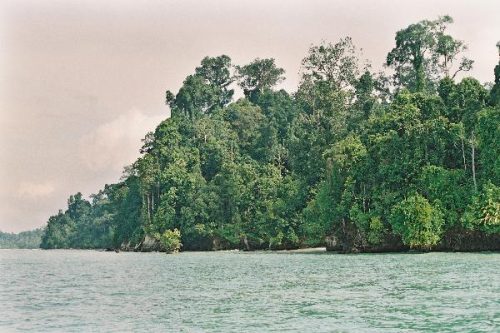
Siberut Biosphere Reserve (Photo Credit : Island Biosphere)
Located in West Sumatra Province, specifically in the Mentawai Islands Regency, this national park covers an area of 190,500 hectares, as determined by the Minister of Forestry Decree No. 407/Kpts-II/1993. In 1981, Siberut Island was declared a biosphere reserve under the UNESCO Man and the Biosphere Programme.
- Leuser Biosphere Reserve
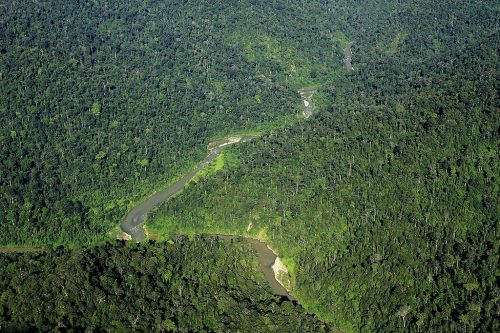
Leuser National Park, Aceh, Indonesia (Photo Credit : Junaidi Hanafiah)
Gunung Leuser National Park, situated in Nangroe Aceh Darussalam (NAD) Province and North Sumatra Province, holds a dual global status as a biosphere reserve (1981) and a World Heritage site (2004). It encompasses an area of 1,094,692 hectares.
- Wakatobi Marine Park
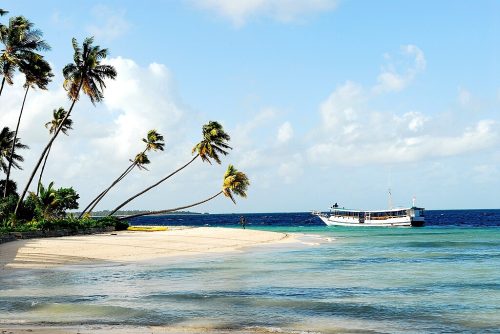
Wakatobi National Park (Photo Credit : Jenny)
Declared a biosphere reserve in 2012, it spans 1,390,000 hectares and includes 39 islands, 3 sandbanks, and 5 atolls, within the administrative region of Wakatobi Regency, Southeast Sulawesi Province.
- Giam Siak Kecil-Bukit Batu Biosphere Reserve
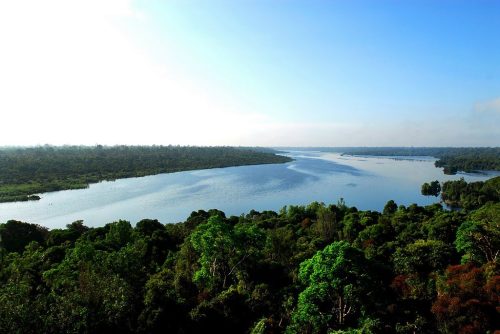
Riau Biosphere Reserves (Photo Credit : Ariau Aditya)
This biosphere reserve, located in Riau Province, is a vast peatland area covering 705,271 hectares. It includes two wildlife sanctuaries: Giam Siak Kecil Wildlife Sanctuary and Bukit Batu Wildlife Sanctuary.
- Komodo Biosphere Reserve
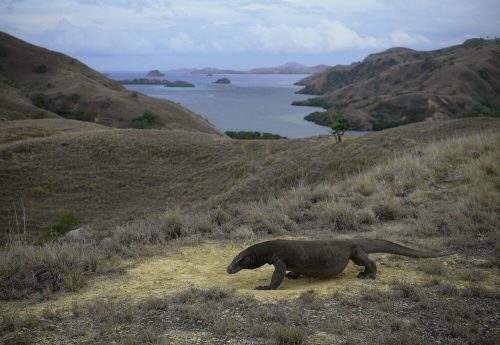
Komodo Biosphere Reserve (Photo Credit : Amos Chapple)
Komodo National Park was officially recognized as a World Heritage site in 1991, but the Komodo Archipelago has been a biosphere reserve since 1977. It is located in East Nusa Tenggara Province and has a core area of 173,300 hectares, home to the ancient Komodo dragons.
- Bromo-Semeru-Tengger-Arjuno
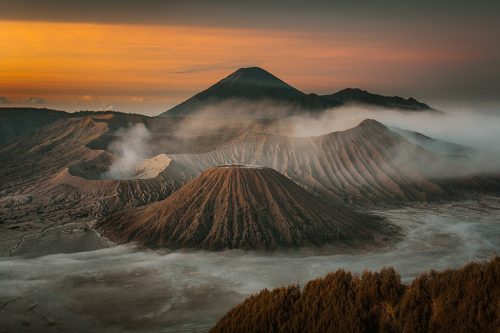
Bromo Tengger National Park Semeru (Photo Credit : Andhika Bayu Nugraha)
Declared a national park in 1982 and a biosphere reserve in 2015, this area is inhabited by 137 bird species, 22 mammal species, and 4 protected reptile species.
- Blambangan Biosphere Reserve

Blambangan Biosphere Reserve (Photo Credit : Javan Wildlife Magazine)
Uniquely comprising three national parks—Alas Purwo National Park, Baluran National Park, and Meru Betiri National Park—this biosphere reserve was inaugurated in 2016. It is located in the 'horseshoe' region of Jember, Lumajang, Banyuwangi, Bondowoso, and Situbondo in East Java Province and covers an area of 778,647 hectares.
- Berbak-Sembilang
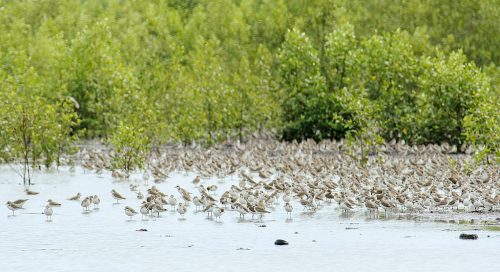
Sembilang National Park (Photo Credit : Harry Sanjaya Putra)
This biosphere reserve combines two national parks, Berbak and Sembilang, located on the eastern coast of Sumatra. Much of this area consists of peatland, swamp forests, and the estuary of the Musi River.
- Takabonerate
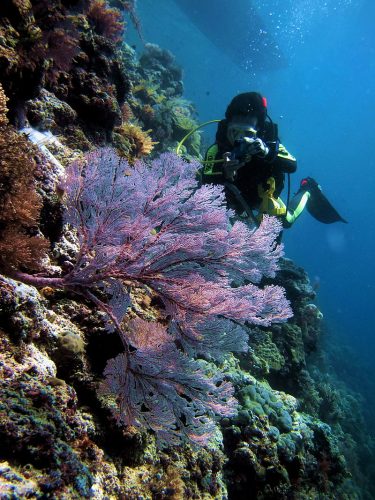
Takabonerate National Park (Photo Credit : Fakhrizal Setiawan)
Located in the Selayar Islands Regency, South Sulawesi, Takabonerate is the third largest atoll in the world. It spans a total area of 220,000 hectares and features a coral reef extending over 500 kilometers.
- Betung Kerihun and Danau Sentarum Kapuas Hulu
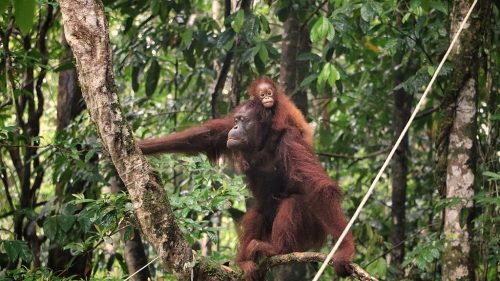
Orangutans in the Betung Kerihun National Park (Photo Credit : Sabar Minsyah)
This biosphere reserve in West Kalimantan features a topography of tropical forested hills, inhabited by diverse flora and fauna. It encompasses two national parks: Betung Kerihun National Park and Danau Sentarum National Park.
- Rinjani
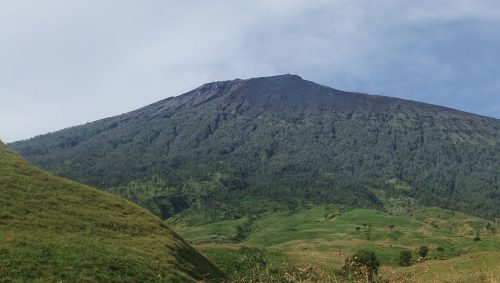
Mount Rinjani (Photo Credit : Midori)
Situated in West Nusa Tenggara, this biosphere reserve includes a variety of forest vegetations, such as savanna, mountain, and lowland rainforest. Much of the area remains forested, supporting significant biodiversity.
- Togean Tojo Una-Una
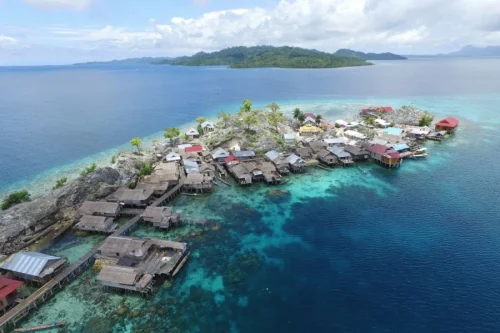
Togean Tojo Una-Una Biosphere Reserve in Central Sulawesi (Photo Credit : UNESCO)
Located in Tojo Una Una Regency, Central Sulawesi, this biosphere reserve covers an area of 2,187,632 hectares. It represents key ecosystems and protects important coastal, seagrass, and coral reef ecosystems within the World Coral Triangle, particularly in Tomini Bay.
- Saleh Moyo Tambora (SAMOTA)
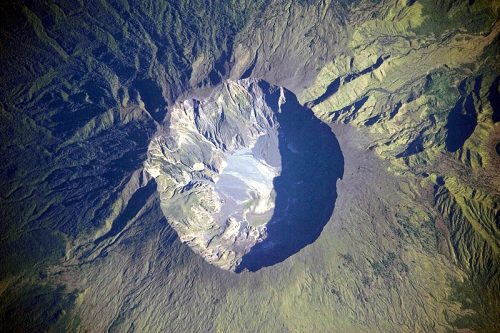
Mount Tambora Volcano, Sumbawa Island, Indonesia (Photo Credit : Nasa Expedition)
Officially designated on Wednesday, June 19, 2019, SAMOTA spans 724,631.52 hectares. It lies between the Rinjani-Lombok Biosphere Reserve and Komodo Island, comprising five main ecosystems: small islands, mangrove coastal areas, coastlines, lowland forests, and mountain savannas.
- Bunaken Tangkoko Minahasa
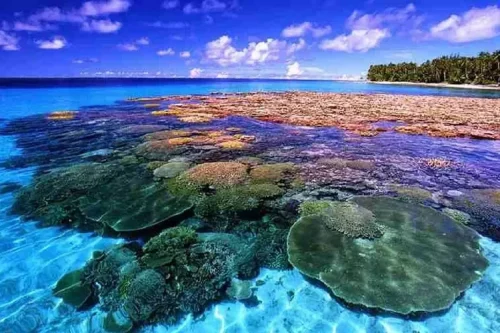
Bunaken Tangkoko Minahasa (Photo Credit : Sinar Harapan)
UNESCO designated Bunaken Tangkoko Minahasa as a biosphere reserve in 2020. Located in North Sulawesi, it covers an area of 746,412.54 hectares.
- Karimunjawa Jepara Muria
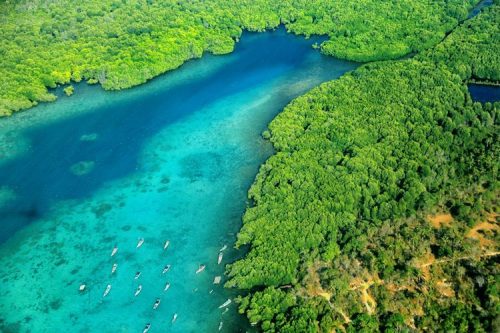
Karimunjawa Jepara Muria (Photo Credit : Kompas.com)
Also established by UNESCO in 2020, this biosphere reserve spans 1,236,083.97 hectares and is located in the Java Sea, within Jepara Regency, Central Java.
- Merapi Merbabu Menoreh
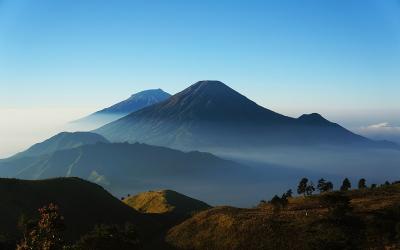
Merapi Merbabu Menoreh (Photo Credit : BKSDA Yogyakarta)
This biosphere reserve, with an area of 254,876.75 hectares, includes Mount Merapi, Mount Merbabu, and the Menoreh Hills. Chosen for meeting criteria including unique biodiversity, biogeography, culture, and ecosystems, it was designated by UNESCO as a biosphere reserve in 2020.
-YN

